-
 Bitcoin
Bitcoin $108,879.8879
0.11% -
 Ethereum
Ethereum $2,565.0410
0.07% -
 Tether USDt
Tether USDt $1.0001
0.00% -
 XRP
XRP $2.2915
-0.14% -
 BNB
BNB $660.7569
-0.20% -
 Solana
Solana $151.1919
-0.78% -
 USDC
USDC $1.0000
0.00% -
 TRON
TRON $0.2869
-0.14% -
 Dogecoin
Dogecoin $0.1698
-0.98% -
 Cardano
Cardano $0.5832
-0.83% -
 Hyperliquid
Hyperliquid $38.2151
-3.65% -
 Sui
Sui $2.8819
-1.10% -
 Bitcoin Cash
Bitcoin Cash $498.0045
0.53% -
 Chainlink
Chainlink $13.3860
-1.54% -
 UNUS SED LEO
UNUS SED LEO $9.0541
-0.22% -
 Stellar
Stellar $0.2535
1.00% -
 Avalanche
Avalanche $18.0791
-0.65% -
 Shiba Inu
Shiba Inu $0.0...01185
0.83% -
 Toncoin
Toncoin $2.7669
-1.12% -
 Hedera
Hedera $0.1575
-1.49% -
 Litecoin
Litecoin $86.3735
-1.06% -
 Monero
Monero $316.7337
-1.19% -
 Dai
Dai $1.0000
0.01% -
 Polkadot
Polkadot $3.3611
-0.82% -
 Ethena USDe
Ethena USDe $1.0002
0.01% -
 Bitget Token
Bitget Token $4.2618
-1.76% -
 Uniswap
Uniswap $7.4587
0.85% -
 Aave
Aave $282.3607
-1.88% -
 Pepe
Pepe $0.0...01004
-0.06% -
 Pi
Pi $0.4576
-0.29%
How to perform token swaps in Coinbase Wallet?
2025/03/25 03:01
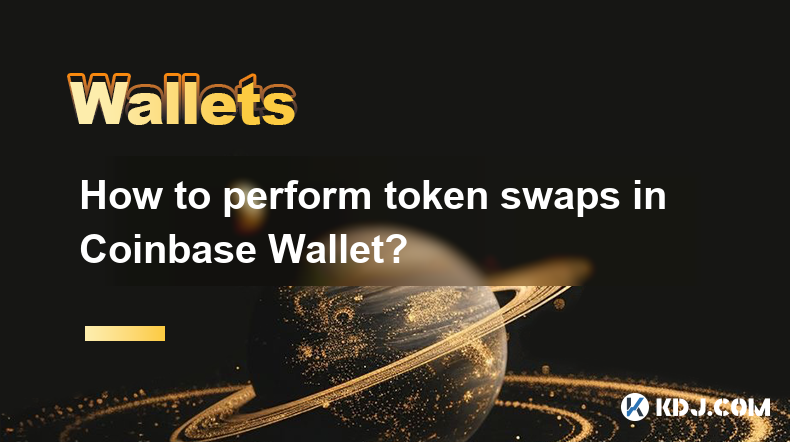
Key Points:
- Coinbase Wallet supports token swaps through various decentralized exchanges (DEXs) integrated within the app.
- The process involves selecting the tokens you want to swap, confirming the transaction details, and approving the transaction on your wallet.
- Gas fees, network congestion, and slippage are important factors to consider when performing token swaps.
- Understanding the risks involved, including potential scams and impermanent loss, is crucial before initiating any swap.
- Coinbase Wallet's user-friendly interface simplifies the swapping process, but prior knowledge of blockchain technology and DEXs is beneficial.
How to Perform Token Swaps in Coinbase Wallet?
Coinbase Wallet offers a convenient in-app experience for swapping various tokens. It leverages partnerships with different decentralized exchanges (DEXs), allowing users to trade directly from their wallet. The process is designed to be user-friendly, but a basic understanding of cryptocurrency and DEXs is recommended.
Before you begin, ensure you have the tokens you wish to swap already in your Coinbase Wallet. You'll also need sufficient network fees (gas) to cover the transaction costs. These fees vary depending on the network and its congestion. Check your wallet's balance and the current gas prices before proceeding.
To initiate a token swap, open your Coinbase Wallet app and navigate to the "Swap" or "Trade" section. This section's location might vary slightly depending on your app version. Look for a prominent icon or tab labeled similarly.
Once in the swap section, you'll be prompted to select the token you wish to swap from and the token you want to receive to. Enter the amount of the source token you intend to exchange. The wallet will automatically calculate the approximate amount of the target token you'll receive, taking into account the current market price and any fees.
After entering the desired amounts, review the transaction details carefully. Pay close attention to the exchange rate, the fees, and the total amount of the source token being used. Ensure you understand the potential for slippage, which is the difference between the expected exchange rate and the actual rate at the time the transaction is finalized. Network congestion can significantly impact slippage.
The next step is to approve the transaction. This usually involves confirming the transaction on your device, often by entering your wallet's password or confirming via biometric authentication (fingerprint or face ID). Once confirmed, the swap will be initiated, and the process may take some time depending on network conditions.
Understanding the DEXs and Network Fees
Coinbase Wallet integrates with various DEXs. These DEXs operate differently and may have varying fees and functionalities. While Coinbase Wallet simplifies the process, understanding the underlying DEX involved is crucial. Research the DEX used for your specific swap to better understand its fees and mechanisms.
Network fees, also known as gas fees, are crucial. These fees are paid to the miners or validators on the blockchain to process your transaction. High network congestion leads to higher gas fees. Monitoring gas prices and timing your swaps during periods of lower congestion can save you significant costs.
Risk Management and Security
Always double-check the address you're sending tokens to. Ensure it's the correct address for the receiving token and the intended recipient. Mistakes can result in irreversible loss of funds. Be wary of phishing attempts and only use the official Coinbase Wallet app. Never share your seed phrase or private keys with anyone.
Understand the concept of impermanent loss, especially if using decentralized exchanges. Impermanent loss refers to the potential loss incurred when the price of your swapped tokens changes after the swap. It’s important to understand these risks before making any significant trades. Thoroughly research the tokens involved before initiating any swaps.
Common Questions:
Q: What if my swap fails?
A: If a swap fails, the funds usually remain in your wallet. Check the transaction details for any error messages and contact Coinbase Wallet support if needed. The reasons for failure can include insufficient funds, high gas fees, or network issues.
Q: Can I swap any token?
A: Coinbase Wallet supports a wide range of tokens, but not all. Check the available token list within the app's swap function to see if your desired tokens are supported. The availability of tokens can also depend on the specific DEX used by the wallet.
Q: What are the fees involved in a token swap?
A: Fees comprise network fees (gas fees) paid to the blockchain and potential fees charged by the decentralized exchange used for the swap. These fees can vary significantly depending on network congestion and the DEX’s fee structure. Always review the transaction details before confirming.
Q: Is it safe to use Coinbase Wallet for token swaps?
A: Coinbase Wallet employs security measures, but cryptocurrency transactions inherently carry risks. Practice good security habits, such as using a strong password, enabling two-factor authentication, and being vigilant against phishing attempts. Remember that you are solely responsible for your private keys and the security of your wallet.
Q: How long does a token swap take?
A: The time required for a swap varies greatly depending on network congestion. During periods of high network activity, swaps can take longer. The process can range from a few seconds to several minutes or even longer. Monitor the transaction status within your wallet to track its progress.
免责声明:info@kdj.com
所提供的信息并非交易建议。根据本文提供的信息进行的任何投资,kdj.com不承担任何责任。加密货币具有高波动性,强烈建议您深入研究后,谨慎投资!
如您认为本网站上使用的内容侵犯了您的版权,请立即联系我们(info@kdj.com),我们将及时删除。
- 系绳的淘金热:80亿美元的瑞士拱顶和Stablecoins的未来
- 2025-07-09 02:50:13
- 马s,地幔和Stablecoin实用程序:加密付款的新时代?
- 2025-07-09 02:50:13
- 原子看涨突破:加密情绪和宇宙生态系统
- 2025-07-09 02:55:12
- Kraken,后机翼和Memecoins:狂野前往新加坡大奖赛!
- 2025-07-09 00:50:12
- Cronos SkyOlocket:解码CRO的加密速度的原因
- 2025-07-09 01:30:12
- 以太坊的华尔街Love&Ruvi AI的审计集会:加密鸡尾酒
- 2025-07-09 00:55:12
相关百科

如果我忘记了我的特佐尔密码短语会发生什么
2025-07-09 03:15:08
理解三倍密封词的作用如果您使用Trezor硬件钱包,则可能已经设置了一个密码,作为恢复种子以外的额外安全性。与您的设备随附的12或24字恢复短语不同, Trezor密码短语就像隐藏的钱包修饰符一样。输入时,它会创建一个全新的钱包推导路径,这意味着如果没有正确的密码,您将无法访问关联的资金。此附加单词...
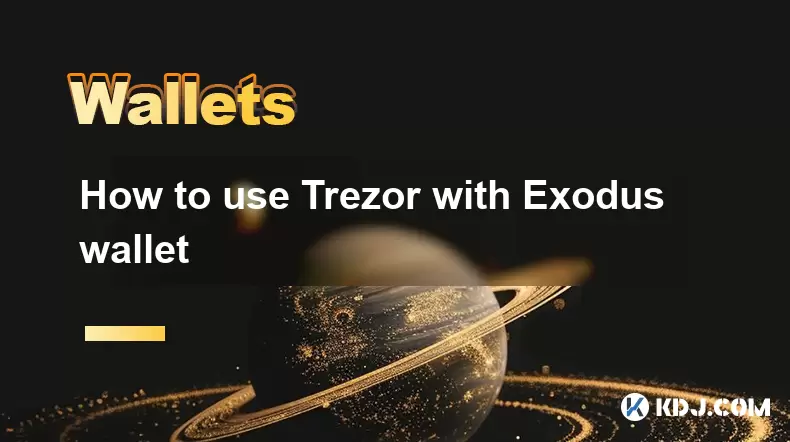
如何将Trezor与Exodus Wallet一起使用
2025-07-09 00:49:34
将Trezor硬件钱包连接到出埃及软件钱包要将Trezor与Exodus Wallet一起使用,用户需要将硬件钱包连接到Exodus提供的软件接口。这种集成允许增强安全性,同时通过用户友好的界面管理数字资产。该过程涉及几个关键步骤,每个步骤都必须仔细遵循以确保安全和功能的连接。使用USB电缆插入Tr...
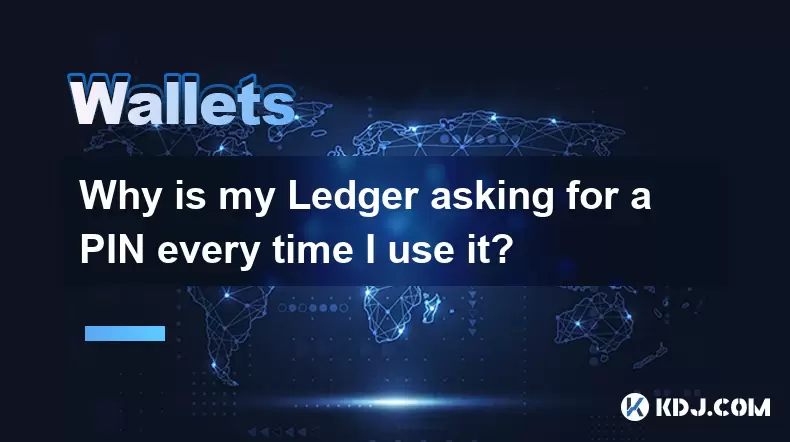
为什么我的分类帐每次使用时都要求销钉?
2025-07-08 23:21:50
了解分类帐设备上的针的目的PIN(个人身份证号码)是每个分类帐硬件钱包中内置的至关重要的安全功能。它的主要功能是保护您的设备免于未经授权的访问。首次设置分类帐时,提示您创建一个独特的引脚代码,该代码是加密货币持有的第一层防御层。这种机制确保了即使某人物理可以访问您的分类帐设备,他们也无法在不知道正确...
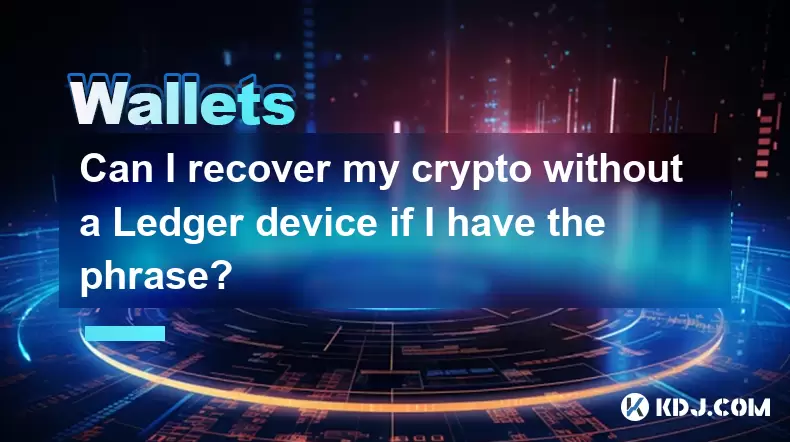
如果我有短语,我可以在没有分类帐设备的情况下恢复加密货币吗?
2025-07-09 01:36:01
了解恢复短语在加密安全性中的作用如果您有恢复短语但没有账本设备,则可能想知道是否有可能恢复加密货币。简短的答案是肯定的,如果您有恢复短语,则可以在没有分类帐设备的情况下恢复加密货币。这是因为恢复短语(也称为种子短语)是钱包私钥的人类可读形式。包括分类帐在内的大多数硬件钱包都使用称为BIP-39的标准...
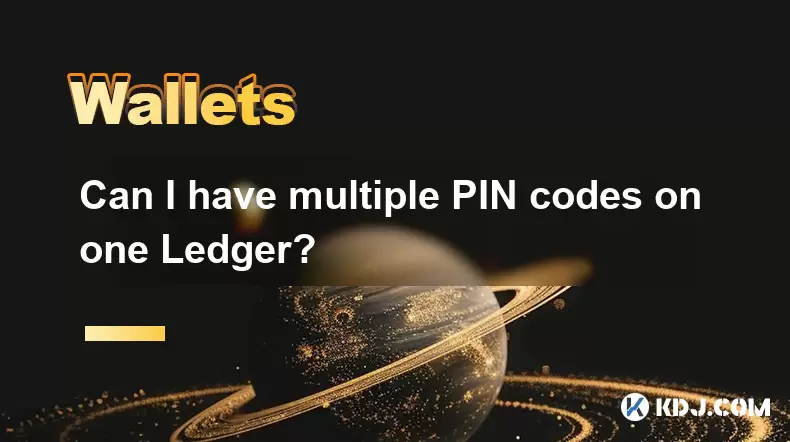
我可以在一个分类帐上有多个PIN代码吗?
2025-07-09 00:35:18
了解分散交流(DEX)的基础知识分散的交换或DEX是一种无中央权威运作的加密货币交易平台。与传统的集中交易所(CEXS)不同,DEX允许用户直接从其钱包进行交易,而无需将资金存入交易所本身。这种结构增强了安全性并降低了对手的风险,因为用户在整个交易过程中保留对其私钥的控制权。智能合约权力大多数分散的...
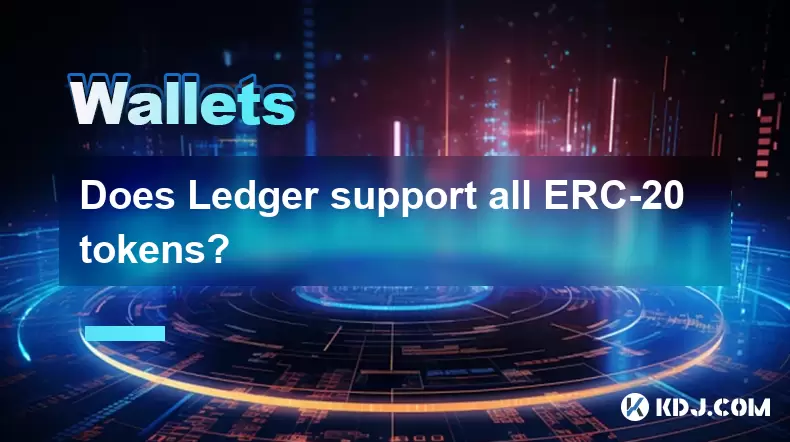
Ledger支持所有ERC-20令牌吗?
2025-07-09 03:42:56
了解分类帐钱包及其代币支持Ledger钱包,例如Ledger Nano S和Ledger Nano X ,是旨在安全存储加密货币的硬件钱包。这些设备为私钥提供了离线存储空间,为在线威胁提供了高度的安全性。但是,当涉及基于以太坊区块链的ERC-20代币时,用户经常想知道是否支持所有这些令牌。简短的答案...

如果我忘记了我的特佐尔密码短语会发生什么
2025-07-09 03:15:08
理解三倍密封词的作用如果您使用Trezor硬件钱包,则可能已经设置了一个密码,作为恢复种子以外的额外安全性。与您的设备随附的12或24字恢复短语不同, Trezor密码短语就像隐藏的钱包修饰符一样。输入时,它会创建一个全新的钱包推导路径,这意味着如果没有正确的密码,您将无法访问关联的资金。此附加单词...

如何将Trezor与Exodus Wallet一起使用
2025-07-09 00:49:34
将Trezor硬件钱包连接到出埃及软件钱包要将Trezor与Exodus Wallet一起使用,用户需要将硬件钱包连接到Exodus提供的软件接口。这种集成允许增强安全性,同时通过用户友好的界面管理数字资产。该过程涉及几个关键步骤,每个步骤都必须仔细遵循以确保安全和功能的连接。使用USB电缆插入Tr...

为什么我的分类帐每次使用时都要求销钉?
2025-07-08 23:21:50
了解分类帐设备上的针的目的PIN(个人身份证号码)是每个分类帐硬件钱包中内置的至关重要的安全功能。它的主要功能是保护您的设备免于未经授权的访问。首次设置分类帐时,提示您创建一个独特的引脚代码,该代码是加密货币持有的第一层防御层。这种机制确保了即使某人物理可以访问您的分类帐设备,他们也无法在不知道正确...

如果我有短语,我可以在没有分类帐设备的情况下恢复加密货币吗?
2025-07-09 01:36:01
了解恢复短语在加密安全性中的作用如果您有恢复短语但没有账本设备,则可能想知道是否有可能恢复加密货币。简短的答案是肯定的,如果您有恢复短语,则可以在没有分类帐设备的情况下恢复加密货币。这是因为恢复短语(也称为种子短语)是钱包私钥的人类可读形式。包括分类帐在内的大多数硬件钱包都使用称为BIP-39的标准...

我可以在一个分类帐上有多个PIN代码吗?
2025-07-09 00:35:18
了解分散交流(DEX)的基础知识分散的交换或DEX是一种无中央权威运作的加密货币交易平台。与传统的集中交易所(CEXS)不同,DEX允许用户直接从其钱包进行交易,而无需将资金存入交易所本身。这种结构增强了安全性并降低了对手的风险,因为用户在整个交易过程中保留对其私钥的控制权。智能合约权力大多数分散的...

Ledger支持所有ERC-20令牌吗?
2025-07-09 03:42:56
了解分类帐钱包及其代币支持Ledger钱包,例如Ledger Nano S和Ledger Nano X ,是旨在安全存储加密货币的硬件钱包。这些设备为私钥提供了离线存储空间,为在线威胁提供了高度的安全性。但是,当涉及基于以太坊区块链的ERC-20代币时,用户经常想知道是否支持所有这些令牌。简短的答案...
查看所有文章

























































































